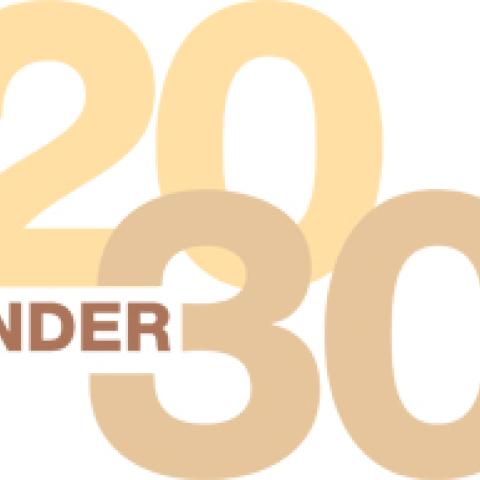The Diapason has published its first annual Resource Directory, which was mailed with the January issue of The Diapason. Unique in the organ and church music field, the Resource Directory provides listings of companies, individuals, products and services, and includes providers’ web and e-mail addresses. A listing of associations is also included. The directory is free to all subscribers of The Diapason; additional copies are available for $5.00 postpaid. For information: 847/391-1045;
The Diapason's Resource Directory Makes Its Debut
The Diapason
Related Content
Midwinter Pipe Organ Conclave
Host Facility
La Grange, Illinois
Location
First Presbyterian Church, St. Francis Xavier Catholic Church, Emmanuel Episcopal Church
Event Month & Year
Midwinter Pipe Organ Conclave
January 18–19, 2015
La Grange, Illinois
Conveniently located near Chicago’s O’Hare and Midway airports and many Interstate highways
Co-sponsored by The Diapason, Chicago and Fox Valley Chapters of the American Guild of Organists, and Chicago-Midwest Chapter of the Organ Historical Society
Sunday, January 18—David Schrader in recital



